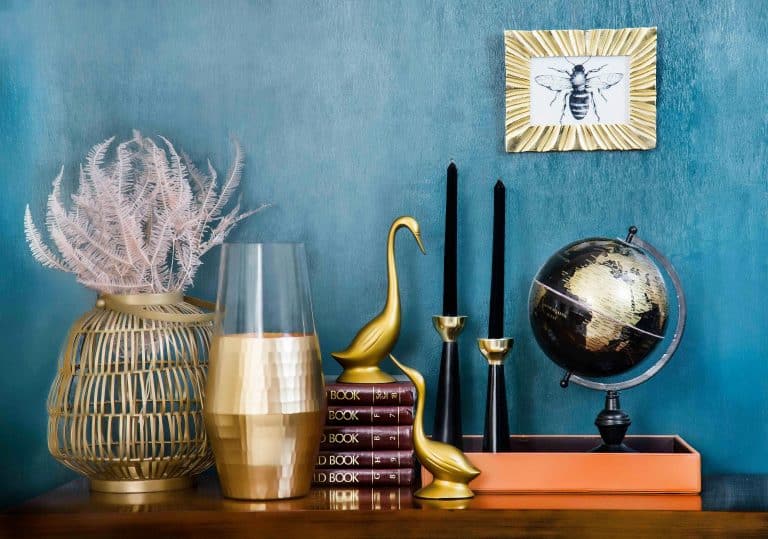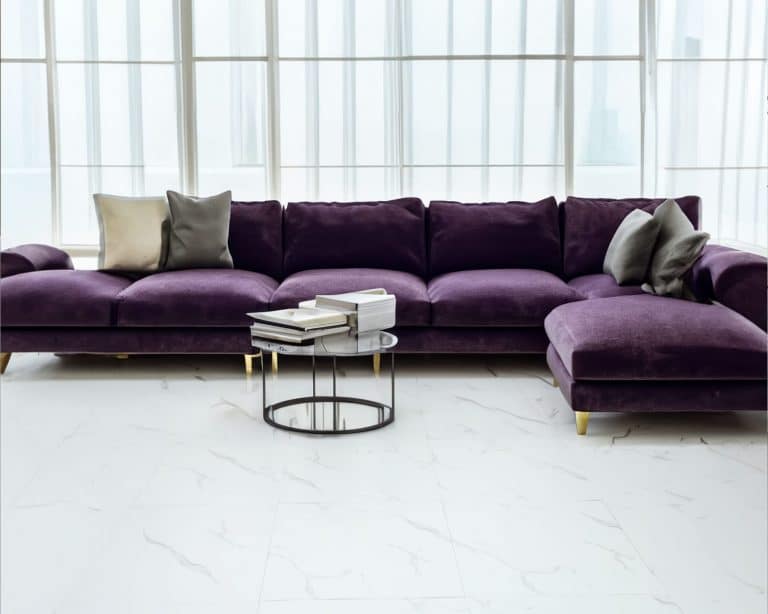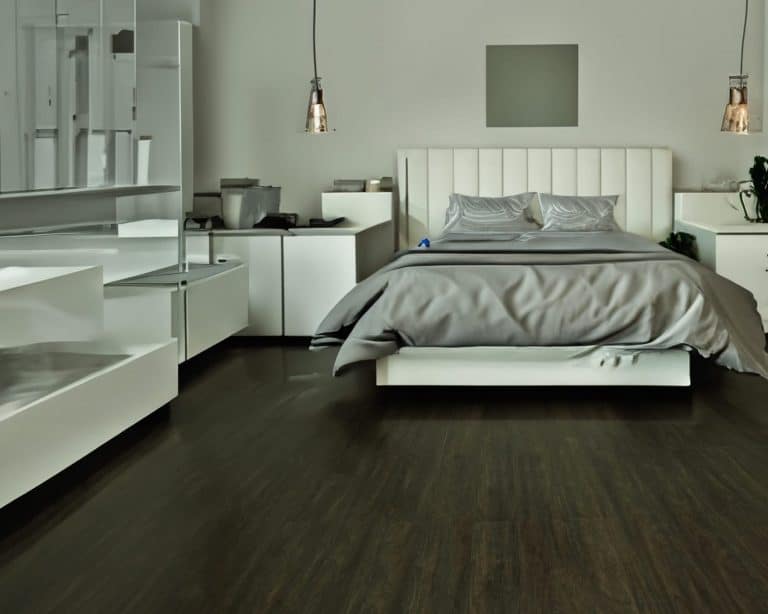No products in the cart.
Home > How to decorate a floating ceiling with ceiling tiles
How to decorate a floating ceiling with ceiling tiles
- January 25, 2024
- 7:12 pm
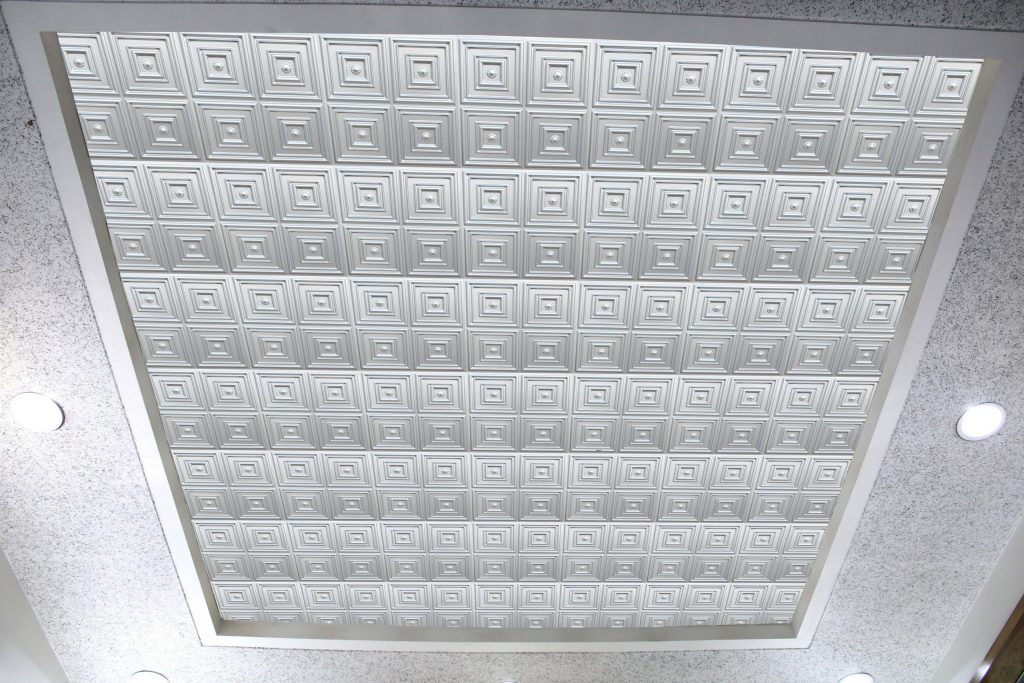
Transforming a room into a captivating and sophisticated space often involves paying attention to details that may be easily overlooked. One such element that holds immense potential for elevating your interior design is the floating ceiling. While often underestimated, the ceiling plays a crucial role in defining the overall aesthetic of a room. In this guide, we will explore the art of decorating a floating ceiling with ceiling tiles, unlocking a world of possibilities to enhance your living or working space.
Definition of a Floating Ceiling
In the realm of interior design, a floating ceiling stands as a contemporary and versatile approach to elevate the aesthetic appeal of a space. Unlike traditional ceilings that are flush with the structural elements, a floating ceiling is suspended, creating a visually engaging and dynamic atmosphere. To enhance the allure of such ceilings, the incorporation of decorative drop ceiling tiles has emerged as a popular and transformative design choice.
Importance of Decorating Floating Ceilings
Decorating a floating ceiling is more than just a cosmetic endeavor; it is a strategic design move that can significantly impact the overall ambiance of a room. By utilizing decorative drop ceiling tiles, one can introduce texture, color, and pattern to an otherwise overlooked surface. This not only adds visual interest but also allows for creative expression, turning the ceiling into a canvas for personal style.
Planning Your Ceiling Tile Decor
Ceiling tiles, especially those designed for floating ceilings, have evolved beyond their functional role of concealing structural elements. They are now integral decorative elements that contribute to the character and theme of a space. From contemporary to classic, ceiling tiles come in a diverse range of styles, materials, and finishes, offering endless possibilities for customization.
- Assessing Ceiling Height and Design Constraints: Before diving into the world of decorative ceiling tiles for a floating design, it’s crucial to assess the ceiling height and any design constraints present in the space. Understanding the proportions will guide the selection of tiles, ensuring a harmonious integration with the overall design scheme.
- Budgeting for the Project: As with any home improvement project, establishing a budget is a crucial step. Prices can vary based on material, brand, and design complexity. Setting a budget beforehand ensures that the selection process remains realistic and aligns with financial considerations.
Selecting the Right Ceiling Tiles
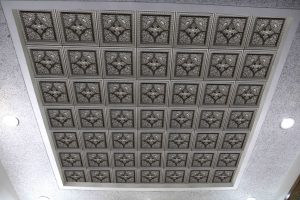
- Understanding Different Types of Ceiling Tiles
Floating ceiling tiles come in an array of types, each with its unique characteristics and applications. Acoustic tiles, tin tiles, and PVC tiles are among the popular choices. Acoustic tiles not only enhance aesthetics but also improve sound insulation, making them ideal for spaces with specific acoustic requirements. Tin tiles bring a touch of vintage charm, while PVC tiles offer durability and moisture resistance, making them suitable for various environments.
- Creating a Focal Point
One effective way to enhance the visual appeal of a floating ceiling is by creating a focal point. Choose a specific area, such as the center of the room or above a key feature, to draw attention. This could be achieved by using ornate or uniquely designed ceiling tiles in that designated space. A decorative medallion or a series of tiles arranged in an intricate pattern can serve as an eye-catching centerpiece.
- Playing with Patterns and Textures
Diversify the visual interest of your floating ceiling by incorporating patterns and textures into the design. Experiment with geometric shapes, floral motifs, or even embossed patterns that add depth and dimension. Mixing and matching different tile designs within the same ceiling can create a dynamic and visually engaging effect.
- Embracing Color Harmony
Color plays a pivotal role in interior design, and your ceiling tiles should harmonize with the overall color scheme of the room. Whether you prefer a monochromatic palette for a minimalist look or bold contrasting colors for a vibrant atmosphere, the right color choices can evoke specific moods and enhance the overall ambiance.
- Integration with Lighting
Strategically integrating lighting into your floating ceiling design can elevate the aesthetic impact. Consider recessed lighting, pendant fixtures, or even LED strips hidden behind certain tiles to create a subtle yet striking illumination. This not only enhances the visual appeal but also contributes to the functionality of the space.
Design Inspirations
- Modern Minimalist Floating Ceilings: For those inclined towards a clean and contemporary look, modern minimalist floating ceilings with sleek, monochromatic decorative drop ceiling tiles can create a sense of spaciousness. Opting for simple geometric patterns or subtle textures contributes to an understated elegance that complements modern interior aesthetics.
- Classic and Elegant Ceiling Tile Designs: In spaces that lean towards a more classic and timeless ambiance, selecting decorative ceiling tiles for a floating design reminiscent of traditional motifs can bring about a sense of grandeur. Intricate patterns, ornate details, and a refined color palette contribute to an elegant and sophisticated atmosphere.
- Creative Patterns and Configurations: Embrace creativity by exploring unique patterns and configurations for floating drop ceilings. Mix and match different tile designs to create eye-catching focal points or opt for asymmetrical arrangements for a dynamic visual impact. Incorporating a variety of shapes and colors opens up endless possibilities for expressing individual style and creating a personalized design statement.
In conclusion, the world of floating ceiling design is a canvas waiting to be adorned with decorative drop ceiling tiles. From the initial planning stages to the final execution, the process involves thoughtful consideration of design elements, material choices, and budgetary constraints. Whether aiming for a modern, classic, or creatively expressive aesthetic, the right selection of ceiling tiles can elevate the overall appeal of a space, turning the often-overlooked ceiling into a captivating design feature.
Related Posts
How to Find Your Decorating Style: A Journey to Personalizing Your Space
Your home is your sanctuary, a reflection of your personality, preferences, and lifestyle. “Discovering your ideal interior design style is …
Student Living Made Easy: Why Peel and Stick Flooring is Ideal for Dorms – Copy
Benefits of Peel and Stick Flooring in Dormitories Stylish Options for Dorm Room Flooring Transform Your Dorm with Peel and …
Styrofoam Panel Installation Guide: Transform Your Space with Dundee Deco
Styrofoam panels are swiftly gaining popularity as a versatile and stylish solution for wall upgrades. Whether renovating an existing space …
Exploring Options: Finding the Best Peel and Stick Flooring for Retail Spaces
Factors to Consider When Choosing Types of Peel and Stick Flooring Best Practices for Choosing Exploring Options: Finding the Best …

